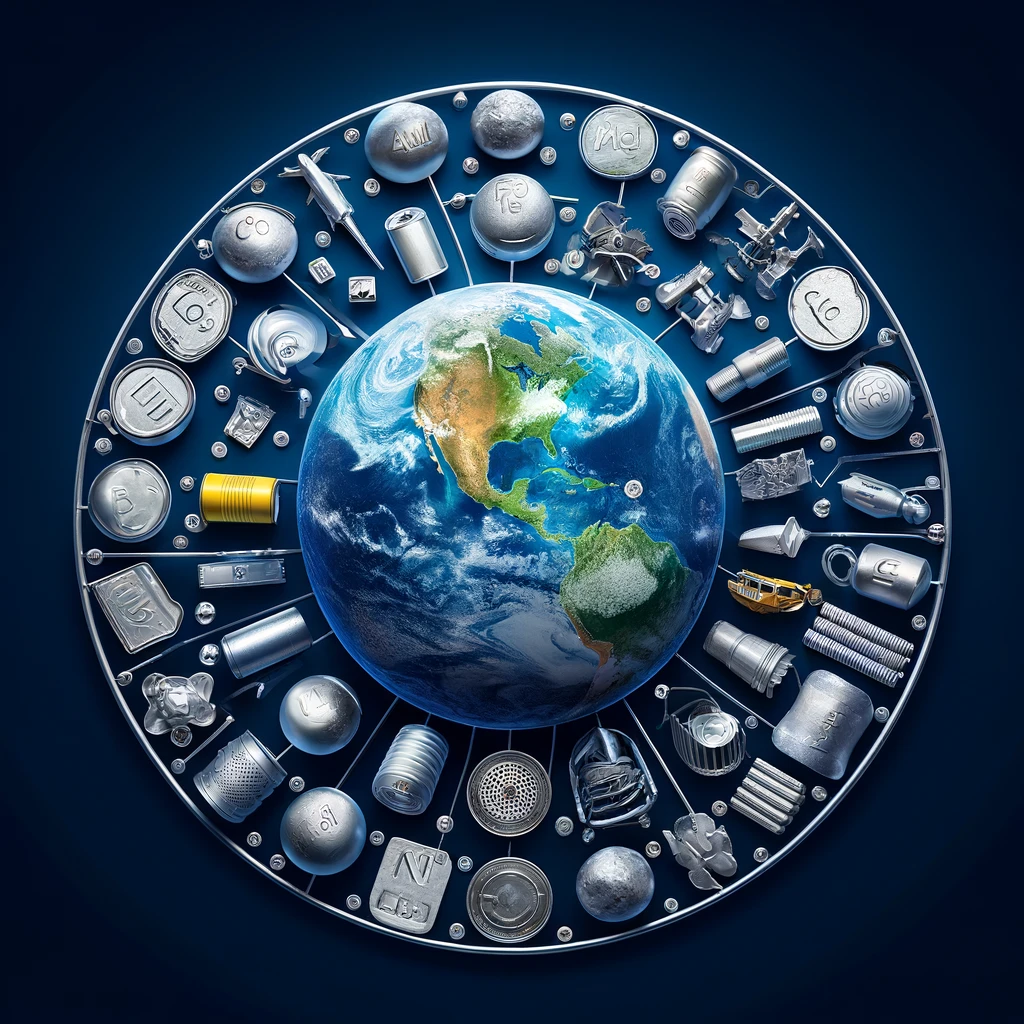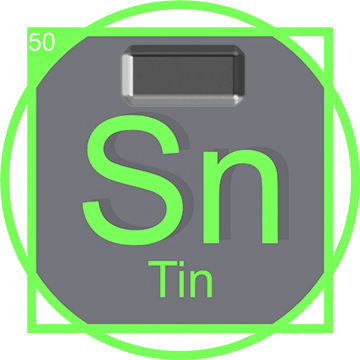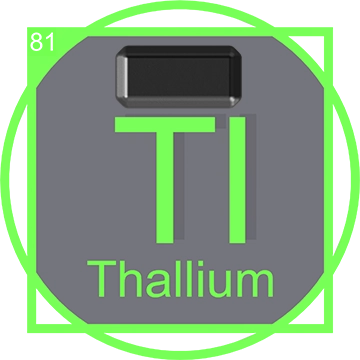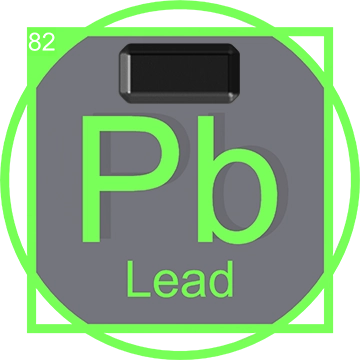Exploring Post-Transition Metals: Versatile Elements in Modern Applications
Delve into the world of post-transition metals, a group of elements known for their ductility and malleability, which are pivotal in numerous industrial processes and products.
What Are Post-Transition Metals?
Post-transition metals are located in groups 13 to 15 of the periodic table and include elements such as tin (Sn), lead (Pb), bismuth (Bi), thallium (Tl), and indium (In). These metals bridge the gap between the transition metals and the metalloids, exhibiting a mix of metallic and non-metallic properties. They are generally softer and have lower melting points than transition metals.
Characteristic Properties of Post-Transition Metals

These metals are known for their high ductility and malleability, which make them highly valuable in various manufacturing processes. They also tend to be less reactive than alkali and alkaline earth metals, making them suitable for uses in environments that require materials with moderate reactivity and good electrical conductivity. Furthermore, their resistance to corrosion and oxidation enhances their utility in more demanding settings, such as marine and industrial applications. This combination of properties allows them to be effectively used not only in electrical components but also in building materials and even in chemical handling equipment.
Industrial and Consumer Applications of Post-Transition Metals

Post-transition metals are widely used in various applications. Tin, for example, is a key component in the manufacture of cans and solder due to its resistance to corrosion and low toxicity. Lead, despite its toxicity, is still used in batteries and protective coatings. Bismuth is becoming increasingly popular as a non-toxic replacement for lead in ammunition and cosmetics. Indium is essential in the production of touch screens and new photovoltaic technologies.
Post-Transition Metals Sources and Extraction
These metals are typically extracted from ores found in the Earth's crust. The extraction processes vary from simple smelting to more complex methods like electrolytic reduction, depending on the specific metal and its ore.
Environmental and Safety Issues of Post-Transition Metals
The mining and processing of post-transition metals can have significant environmental impacts, particularly in the case of lead and thallium, which are toxic. Responsible handling, use, and recycling of these metals are critical to minimizing their environmental footprint and ensuring safety.
The Future of Post-Transition Metals

As technology advances, the demand for post-transition metals, especially those used in electronics and sustainable technologies, is expected to grow. Research is focused on finding more sustainable mining techniques and developing alternatives to the more toxic metals in this group. Efforts are also being directed towards improving the recycling processes for these metals to reduce environmental impact and ensure a more sustainable supply chain. Innovations in material science are anticipated to unlock new applications for these metals, particularly in areas like energy storage, where their unique properties can be leveraged to enhance battery performance and efficiency. Additionally, ongoing studies are exploring the potential of these metals in emerging fields such as nanotechnology and advanced manufacturing, promising to broaden their applications and importance in the future.
Frequently Asked Questions about Post-Transition Metals
- What distinguishes post-transition metals from transition metals?
- Post-transition metals have softer, more malleable properties and generally lower melting points compared to transition metals. They also tend to be less reactive.
- Are post-transition metals recyclable?
- Yes, many post-transition metals like tin and lead are highly recyclable, which helps reduce their environmental impact.

















